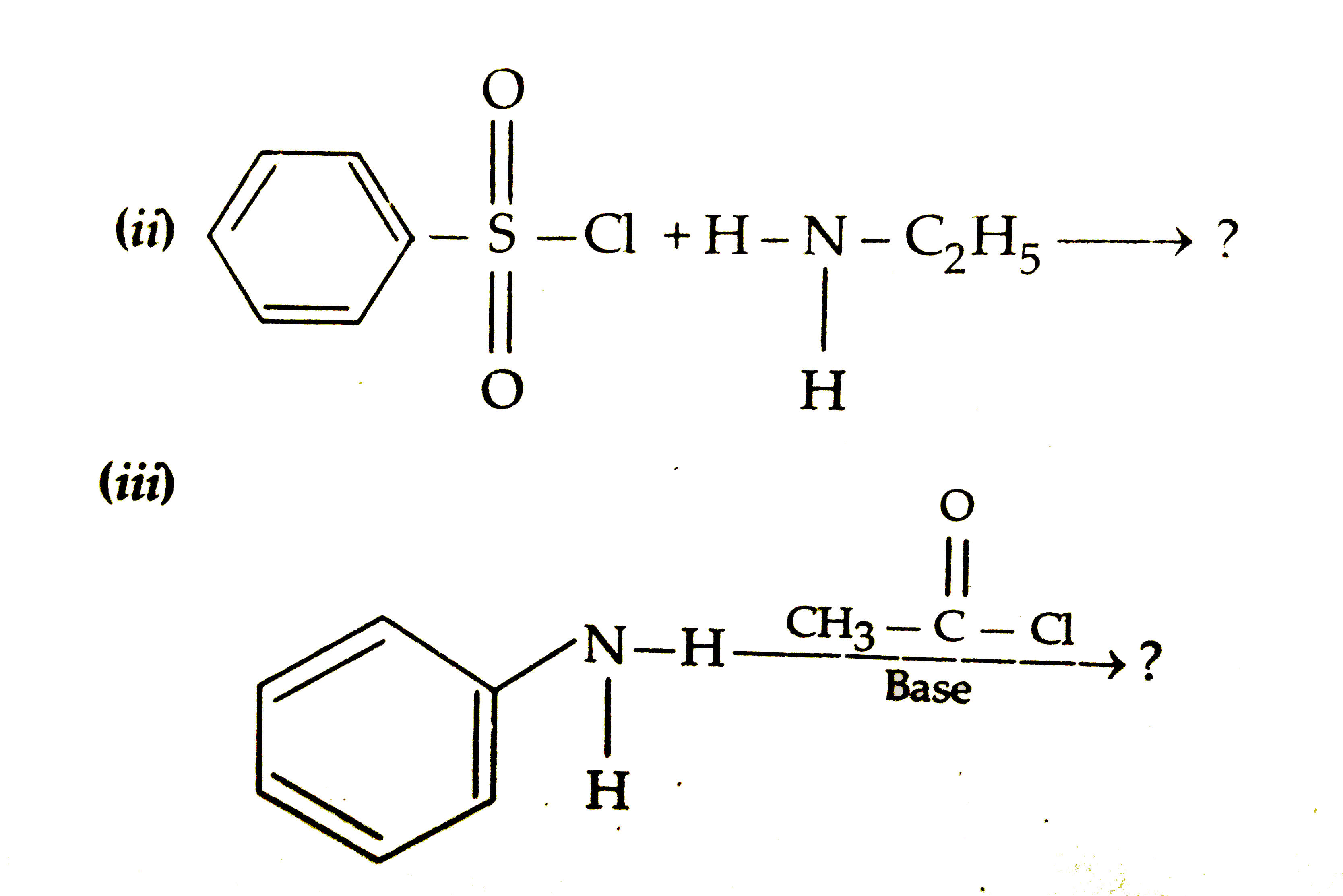Write the main points of collision theory of reaction rates.
Step-by-Step Solution
1. Definition of Collision Theory:
Collision theory explains how chemical reactions occur and how reaction rates can be determined. It is based on the idea that for a reaction to take place, reactant molecules must collide with one another.
2. Reacting Molecules:
The first point of collision theory is that reacting molecules must collide with each other to form products. This means that the presence of reactant molecules is essential for any reaction to occur.
3. Effective Collisions:
Not all collisions between molecules result in a reaction. The second point emphasizes that only effective collisions lead to the formation of products. An effective collision is one that has the proper energy and orientation to break bonds and form new ones.
4. Threshold Energy (Activation Energy):
The third point states that the colliding molecules must possess a minimum amount of energy, known as the threshold energy or activation energy, for a reaction to occur. If the energy of the colliding molecules is below this threshold, they will not react, even if they collide.
5. Proper Orientation:
The final point of collision theory is that the orientation of the colliding molecules must be favorable for a reaction to take place. This means that the molecules must collide in a specific way that allows for the breaking and forming of bonds.
Summary of Main Points:
- Reacting molecules must collide to form products.
- Only effective collisions result in product formation.
- Colliding molecules must have at least the activation energy.
- The orientation of the colliding molecules must be proper for a reaction to occur.
Collision theory explains how chemical reactions occur and how reaction rates can be determined. It is based on the idea that for a reaction to take place, reactant molecules must collide with one another.
The first point of collision theory is that reacting molecules must collide with each other to form products. This means that the presence of reactant molecules is essential for any reaction to occur.
Not all collisions between molecules result in a reaction. The second point emphasizes that only effective collisions lead to the formation of products. An effective collision is one that has the proper energy and orientation to break bonds and form new ones.
The third point states that the colliding molecules must possess a minimum amount of energy, known as the threshold energy or activation energy, for a reaction to occur. If the energy of the colliding molecules is below this threshold, they will not react, even if they collide.
The final point of collision theory is that the orientation of the colliding molecules must be favorable for a reaction to take place. This means that the molecules must collide in a specific way that allows for the breaking and forming of bonds.
- Reacting molecules must collide to form products.
- Only effective collisions result in product formation.
- Colliding molecules must have at least the activation energy.
- The orientation of the colliding molecules must be proper for a reaction to occur.
Similar Questions
Describe the important aspects of bimolecular collision theory of reaction rates.
View SolutionWhich among the following is the most appropriate statement about collision theory of reaction rates?
View SolutionIn collision theory of chemical reaction, ZAB represents
View SolutionWrite the main postulates of valence bond theory and explain the geometry and magnetic character (paramagnetism or diamagnetism) in the [FeF6]3−.
View SolutionWrite the main postulates of valence bond theory and explain the geometry and magnetic character (paramagnetism or diamagnetism) in the Ni(CO)4
View SolutionWrite the main postulates of valence bond theory and explain the geometry and magnetic character (paramagnetism or diamagnetism) in the [Cu(NH3)4]2+
View SolutionCollision theory is applicable to
View SolutionWrite three conotations of the theory of special creation.
View SolutionWrite the main products of the following reactions:

View SolutionWrite down the main product of the following reaction. Propanal NaOH−−−→heat
View Solution
